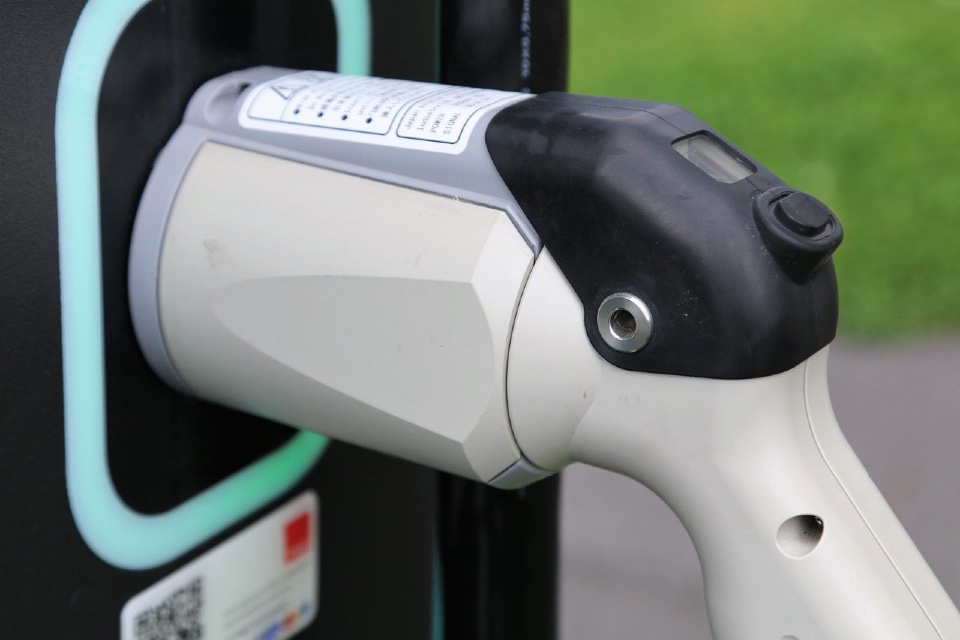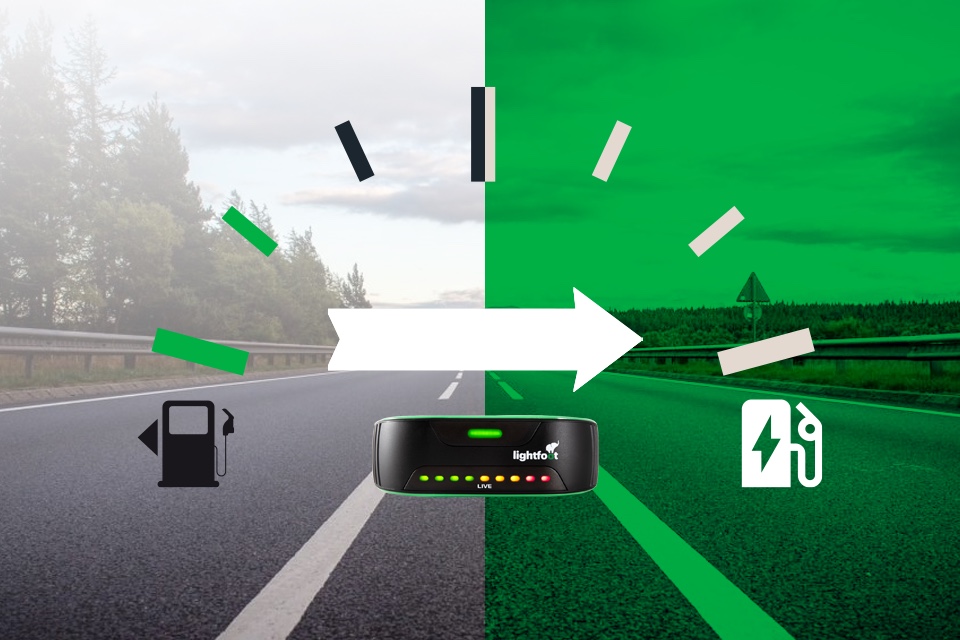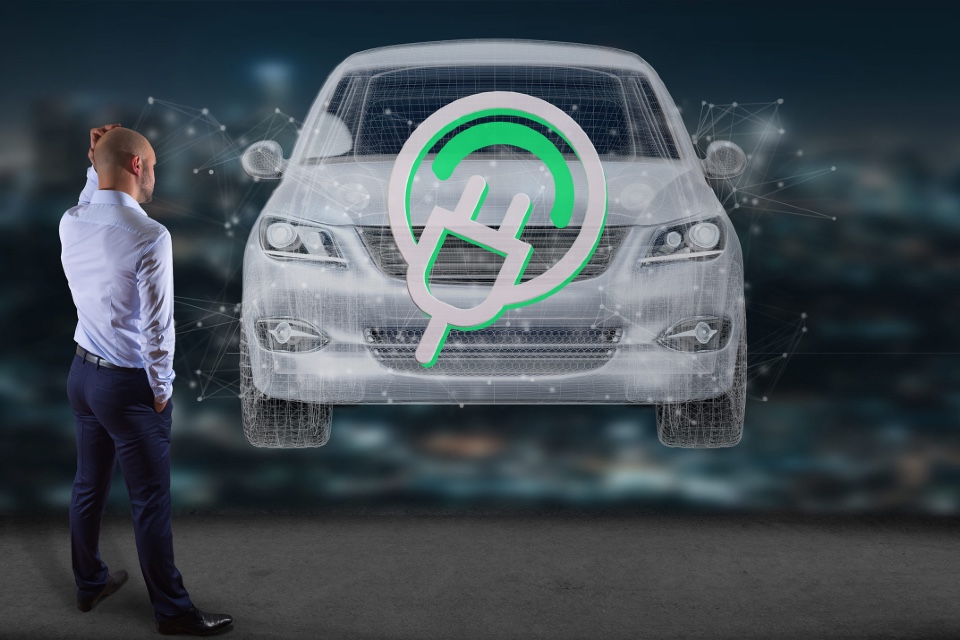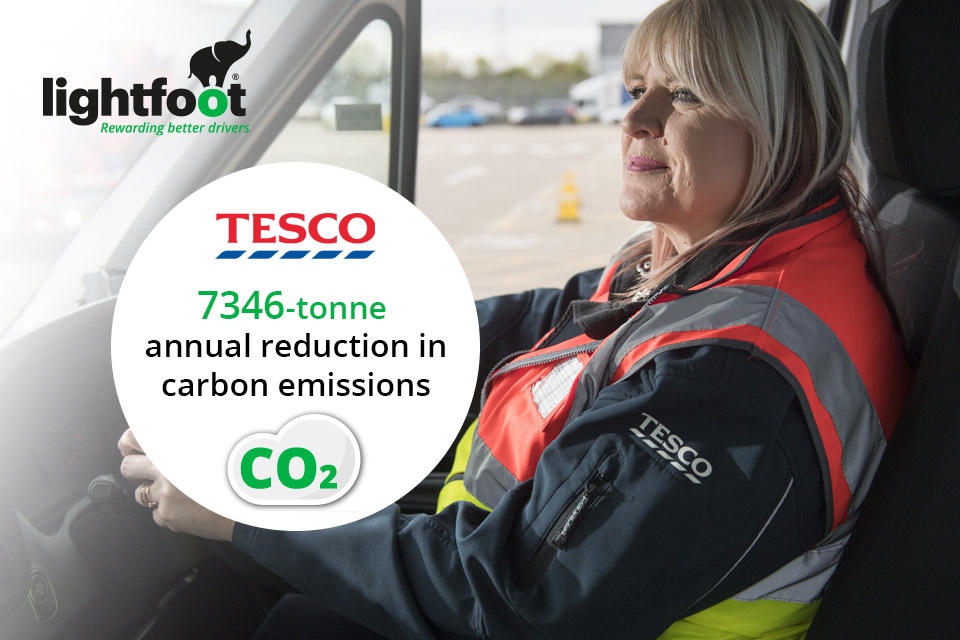Do you specialise in EV Infrastructure? We want to hear from you!

Each month on Fleet Management Briefing we’re shining the spotlight on a different part of the fleet market – and in September we’ll be focussing on EV Infrastructure solutions. It’s all part of our ‘Recommended’ editorial feature, designed to help fleet buyers find the best products and services available today. So, if you’re a supplier of […]
4 of the key challenges facing fleet electrification

With less than a decade to go until sales of new petrol and diesel vehicles are banned throughout the UK, now is a critical time for fleet operators working towards their net zero goals to look ahead to their electric future. However, preparing to transition a fleet to EVs comes with plenty of stumbling blocks, […]
UK’s automotive industry facing skills crisis, says IMI

The latest Automotive Sector Employment report from the Institute of the Motor Industry (IMI) outlines that the culmination of the electric vehicle (EV) revolution, the pandemic, decreased immigration and fewer people of working age, are fuelling an escalating skills crisis – It predicts 160,000 vacancies in the sector will need filling by 2031. Despite forecasting […]
Lightfoot’s free tool helps fleets level up performance

Lightfoot, the pioneering green tech company and provider of the unique driver coaching and rewards platform, has recently launched a brand new tool to help fleets on their journey towards more sustainable fleet best practice. The Fleet Sustainability Calculator is a free tool that will help you quickly see how well your fleet is performing, […]
All your EV questions answered by WhichEV

The editorial team over at WhichEV have built a monthly audience of more than 1.2 million readers and they are in regular contact with their community across a range of social media platforms. As the number of electric vehicles in the UK approaches the 1million mark – with pure electric making up half of that […]
Meet with the Association of Fleet Professionals at the Fleet Summit

The Association of Fleet Professionals (AFP) is a not for profit body that supports, educates and trains the corporate fleet industry. We love meeting fleet operators and are back to chat all things fleet at November’s Fleet Summit. Come and say hi to AFP Board Members Ric Baird and James Pestell and chat about the […]
Have you secured your free pass to the Fleet Summit?
Taking place on 7th & 8th November at the Radisson Hotel & Conference Centre London Heathrow, the Fleet Summit allows senior fleet professionals to share forward-thinking ideas, meet new suppliers and discover new ways to underpin their future strategies. Attendance is free, and includes: A bespoke itinerary of pre-arranged meetings with product and service providers who match your requirements […]
These are the laws you’re most likely to break while driving

How well do you and your fleet of drivers know the Highway Code? Chances are, the answer is not as well as you think! Though you might be as confident as anyone behind the wheel, there are plenty of little-known motoring laws that people around the UK break without knowing every day. You might have […]
Charging your EV at home: Everything you need to know

By WhichEV As the pace picks up in the (r)evolution from fossil fuel to electric vehicles, one question get asked more than any other: How can I charge my EV? Commercial haulage operations will almost certainly need to have full charging stations installed at their key bases. This is something that companies like Renault Volvo […]
CASE STUDY: Why Tesco chose Lightfoot to improve driver performance

Pioneering green tech company Lightfoot have released a new video focusing on their partnership with Tesco, which highlights how the game-changing in-cab driver coaching technology and accompanying driver rewards app have revolutionised the grocery delivery fleet’s operations. Speaking on the impact that Lightfoot has had on the Tesco fleet, Mark Stravens, Head of Driver Operations […]


